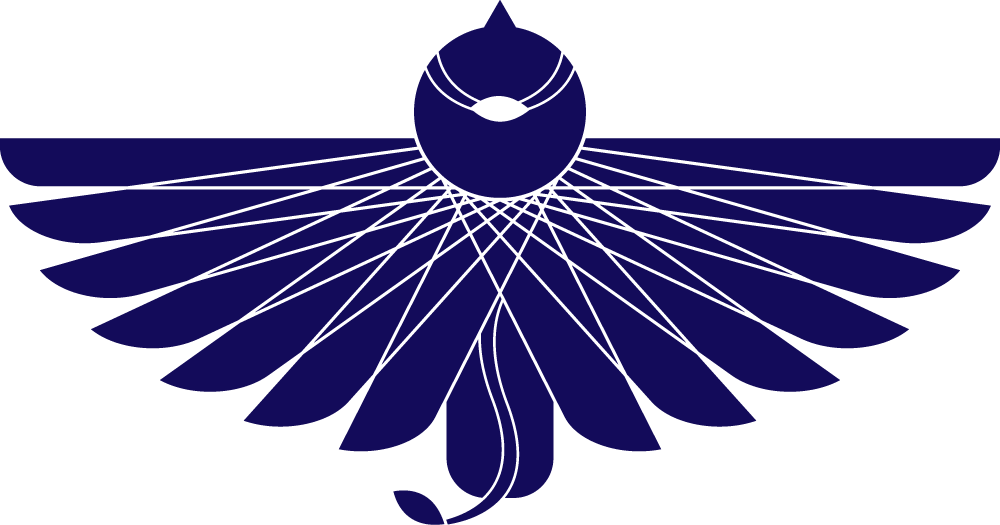My 4-Point Plan for Treating Tennis (or Pickleball) Elbow
I do not play tennis. In fact, I have a bit of a phobia about little balls whizzing toward my head (don’t even talk to me about racquetball). Recently, however, after a couple of weeks of intense laptop and smartphone overuse, I started getting a very specific pain on the outside of my right elbow. It was tender to the touch and hurt under the slightest strain–even picking up my morning cup of coffee was uncomfortable. Because it's a condition I see frequently at my clinic, I knew what was going on–I had tennis/pickleball/computer elbow.
Understanding Tennis Elbow
Tennis elbow, also known as lateral epicondylitis, is a condition characterized by pain and tenderness on the outer side of the elbow. Despite its name, it can affect people engaged in various activities that involve repetitive gripping, such as typing, gardening, and, yes, playing tennis. (In my case, I attribute it to my not-very-ergonomic overuse of my laptop trackpad.) This overuse injury occurs when the tendons and muscles in the forearm become strained or damaged due to repetitive motions, leading to inflammation, pain, and limited mobility. Fortunately, we’ve got lots of sports medicine tools in our acupuncture toolkit!
I now tackle tennis elbow with a 4-point treatment plan:
1) Acupuncture: One of the primary benefits of acupuncture is its ability to provide pain relief. Targeting specific acupuncture points around the affected elbow can help stimulate the release of endorphins, which are natural painkillers produced by the body. This can lead to a reduction in pain and discomfort associated with tennis elbow.
Moreover, inflammation plays a crucial role in the development and progression of tennis elbow. Acupuncture has been shown to have anti-inflammatory effects by modulating the immune response and promoting the release of anti-inflammatory substances, which can help alleviate pain and, importantly, facilitate the healing process.
In Chinese medicine terms, acupuncture aims to restore the proper flow of Qi and blood circulation, which can help nourish the affected tendons and muscles. Improved circulation and energy flow can promote tissue repair, reduce stiffness, and restore functional mobility. When treating tennis elbow in my clinic, I will typically use electroacupuncture, or “estim,” to enhance treatment effects. Trigger point acupuncture, aka dry needling, and/or laser therapy may also be included in tennis elbow treatments.
2) Exercise: In the course of rehabbing my own lateral epicondylitis, I learned about a simple exercise that has been shown in numerous studies to provide a very effective physical therapy for tennis elbow sufferers. The “Tyler Twist” involves using a special rubber bar (inexpensive and easy to find online) to perform a series of small eccentric contractions, which lengthen and strengthen the muscles of the affected arm and have the effect of repairing damaged tendons. This New York Times article walks you through the mechanics of the exercise, which typically provides notable relief after several weeks of daily repetitions.
3) Topical pain relief: I love Saint Apothecary Evil Bone Water (Zheng Xie Gu Shui), a premium “blood-moving” topical based on a Chinese medicine recipe that is hundreds of years old and rooted in the Chinese martial arts tradition. This is my current go-to for any kinds of sports injuries, bruises, and muscle or joint aches, pains, strains, and sprains. For tennis elbow, I recommend applying 2-3 times per day and as needed. Saint Apothecary uses sustainably sourced top quality Chinese herbs (unlike similar products you might find on Amazon, etc.), with no additives or animal products. I now carry this product at the Griffin Acupuncture clinic in Oakland–ask about it the next time you’re in for a treatment!
4) Rest: Perhaps the most challenging piece of tennis elbow recovery, for my patients and myself, is taking a break from the aggravating activity. No enthusiast wants to be told to stop doing their sport or hobby of choice, and desk jockeys may similarly have trouble laying off their laptops. However, to the degree possible, taking a break from ongoing aggravation is an important piece of recovery from lateral epicondylitis. For athletes, this might involve focusing on a period of cross training, and/or working with a coach on tweaking the mechanics of your stroke. If computer work is aggravating your elbow, train yourself to use your mouse with your other hand, and adjust your desk set up to put less strain on your elbow.
Tennis elbow is not an issue that will resolve overnight. For optimal results, twice a week acupuncture treatments for 3-4 weeks are typically recommended to really help your body get on top of the inflammation and to start healing any damage from both inflammatory and degenerative processes in the joint. Don’t wait until it’s painful to pull that cute pickleball outfit on over your head. The sooner you address the issue, the sooner you’ll be back out there, throwing elbows.
Dr. Lisa Franzetta is a licensed acupuncturist and herbalist in Oakland, California specializing in pain management, sports acupuncture and athletic performance, internal medicine, and integrative cancer support.


